The typical child will learn to listen first, then talk, then read, then write. In life, most of us tend to use these abilities proportionately in roughly the same order: listen most, speak next most, read next most frequently and write the least. Yet in educational assessment and feedback, and especially in higher education (HE), we value writing above all else. After writing comes reading, then speaking and the least assessed is listening. In other words, we value most what we use least. I realise this is a huge generalisation and that there are nuances and arguments to be had around this, but it is the broad principle and tendencies here that I am interested in. Given the ways in which technology makes such things as recording and sharing audio and video much easier than even a few years ago (i.e. tools that provide opportunity to favour speaking and listening), it is perhaps surprising how conservative we are in HE when it comes to changing assessment and feedback practices. We are, though, at the threshold of an opportunity whereby our increased dependency on technology, the necessarily changing relationships we are all experiencing due to the ongoing implications of Covid-19 and the inclusive, access and pedagogic affordances of the digital mean we may finally be at a stage where change is inevitable and inexorable.
In 2009 while working in Bradford, I did some research on using audio and video feedback on a postgraduate teaching programme. I was amazed at the impact, the increased depth of understanding of the content of the feedback and the positivity with which it was received. I coupled it with delayed grade release too. The process was: Listen to (or watch) the feedback, e-mail me with the grade band the feedback suggested and then I would return the actual grade and use the similarity or difference (usually, in fact, there was pretty close alignment) to prompt discussion about the work and what could be fed forward. A few really did not like the process but this was more to do with not liking the additional process involved in finding out the grades they had been given rather than the feedback medium itself. Only one student (out of 39) preferred written feedback as a default and this included three deaf students (I arranged for them to receive BSL signed feedback recorded synchronously with an interpreter while I spoke the words). Most of the students not only favoured it, they actively sought it. While most colleagues were happy to experiment or at least consider the pros, cons and effort needed, at least one senior colleague was a little frosty, hinting that I was making their life more difficult. On balance, I found that once I had worked through the mechanics of the process and established a pattern, I was actually saving myself perhaps 50% of marking time per script though there certainly was some front-loading of effort necessary for the first time. I concluded that video feedback was powerful but, at that time, too labour- and resource-intensive and stuck with audio feedback for most of the students unless video was requested or needed. I continued to use it in varying ways in my teaching, supporting others in their experimentation and, above all, persuading the ‘powers that be’ that it was not only legitimate but that it was powerful and, for many, preferable. I also began encouraging students to consider audio or video alternatives to reflective pieces as I worked up a digital alternative to the scale-tipping professional portfolios that were the usual end of year marking delight.

Two years later I found myself in a new job back in London and confronted with a very resistant culture. As is not uncommon, it is an embedded faith and dependency on the written word that determines policy and practice rather than research and pedagogy. In performative cultures, written ‘evidence’ carries so much more weight and trust, apparently irrespective of impact. Research (much better and more credible than my own) has continued to show similar outcomes and benefits (see summary in Winstone and Carless, 2019) but the overwhelming majority of feedback is still of the written/ typed variety. Given the wealth of tools available and the voluminous advocacy generated through the scholarship of teaching and learning and potential of technology in particular (see Newman and Beetham, 2018, for example), it is often frustrating for me that assessment and feedback practices that embrace the opportunities afforded by digital media seemed few and far between. So, will there ever be a genuine shift towards employing digital tools for assessment design and feedback? As technology makes these approaches easier and easier, what is preventing it? In many ways the Covid-19 crisis, the immediate ‘emergency response’ of remote teaching and assessing and the way things are shaping up for the future have given a real impetus to notions of innovative assessment. We have seen how many of us were forced to confront our practice in terms of timed examinations and, amid inevitable discussions around the proctoring possibilities technology offered (to be clear: I am not a fan!), we saw discussions about effective assessment and feedback processes occurring and a re-invigorated interest in how we might do things differently. I am hoping we might continue those discussions to include all aspects of assessment from the informal, in-session formative activities we do through to the ’big’, high-stakes summatives.
Change will not happen easily or rapidly, however. Hargreaves (2010) argues that a principal enemy of education change is social and political conservatism and I would add to that a form of departmental, faculty or institutional conservatism that errs on the side of caution lest evaluation outcomes are negatively impacted. Covid-19 has disrupted everything and whilst tensions remain between the conservative (very much of the small ‘c’ variety in this context) and change-oriented voices, it is clear that recognition is growing of a need to modify (rather than transpose) pedagogic practices in new environments and this applies equally to assessment and feedback. In the minds of many lecturers, the technology that is focal to approaches to technology enhanced learning is often ill-defined or uninspiring (Bayne, 2015) and the frequent de-coupling of tech investment from pedagogically informed continuing professional development (CPD) opportunities (Compton and Almpanis, 2018) has often reinforced these tendencies towards pedagogic conservatism. Pragmatism, insight, digital preparedness, skills development, and new ways of working through necessity are combining to reveal a need for and willingness to embrace significant change in assessment practices.
As former programme leader of an online PGCertHE (a lecturer training programme) I was always in the very fortunate position to collect and share theories, principles and practices with colleagues, many of whom were novices in teaching. Though of course they had experienced HE as students they were less likely to have had a more fossilised sense of what assessments and feedback should or could look like. I also have the professional and experiential agency to draw on research-informed practices not only by talking about them but through exemplification and modelling (Compton and Almpanis, 2019). By showing that unconventional assessment (and feedback) are allowed and can be very rewarding we are able to sow seeds of enthusiasm that lead to a bottom-up (if still slow!) shift away from conservative assessment practices. Seeing some colleagues embrace these strategies is rewarding but I would love to see more.
References
Bayne, S. (2015). ‘What’s the matter with ‘technology-enhanced learning?’ Learning, Media and Technology, 9 (1), 251-257.
Bryan, C., & Clegg, K. (Eds.). (2019). Innovative assessment in higher education: A handbook for academic practitioners. Routledge.
Compton, M. & Almpanis, T. (2019) Transforming lecturer practice and mindset: Re-engineered CPD and modelled use of cloud tools and social media by academic developers. Chapter in Rowell, C (ed.) Social Media and Higher Education: Case studies, Reflections and Analysis. Open Book Publishers.
Compton, M., & Almpanis, T. (2018). One size doesn’t fit all: rethinking approaches to continuing professional development in technology enhanced learning. Compass: Journal of Learning and Teaching,11(1).
Hargreaves, A. (2010). ‘Presentism, individualism, and conservatism: The legacy of Dan Lortie’s Schoolteacher: A sociological study’. Curriculum Inquiry, 40(1), 143-154.
Newman, T. and Beetham, H. (2018) Student Digital Experience Tracker 2018: The voices of 22,000 UK learners. Bristol: Jisc.
Winstone, N., & Carless, D. (2019). Designing effective feedback processes in higher education: A learning-focused approach. Routledge.
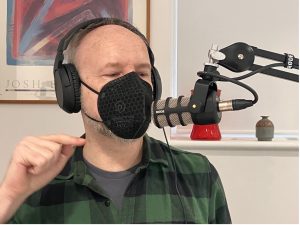
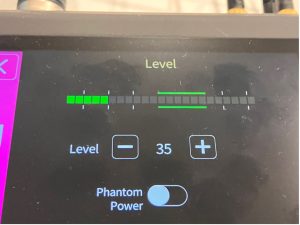
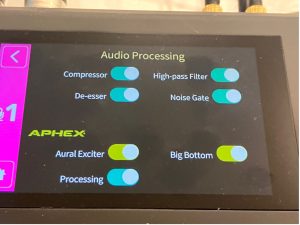
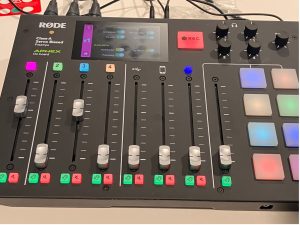
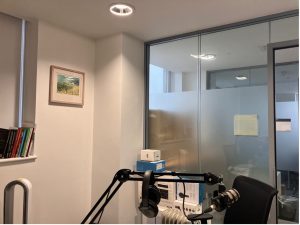
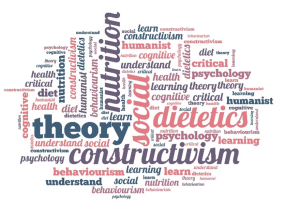 One of the problems with this is that a quick search for ‘theories of learning’ will present a dazzling, complex, sometimes-contradictory array of theories and ideas. It immediately raises several questions:
One of the problems with this is that a quick search for ‘theories of learning’ will present a dazzling, complex, sometimes-contradictory array of theories and ideas. It immediately raises several questions: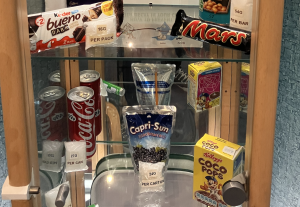
 I used a number of visual hooks today in a session…it’s actually running right now (they’re in a breakout discussion)… and I asked what this swiss army knife might represent in the context of the short course they are on. One of my amazing colleagues (Most are PhD students/ PGTAs), Elizabeth, said:
I used a number of visual hooks today in a session…it’s actually running right now (they’re in a breakout discussion)… and I asked what this swiss army knife might represent in the context of the short course they are on. One of my amazing colleagues (Most are PhD students/ PGTAs), Elizabeth, said:

